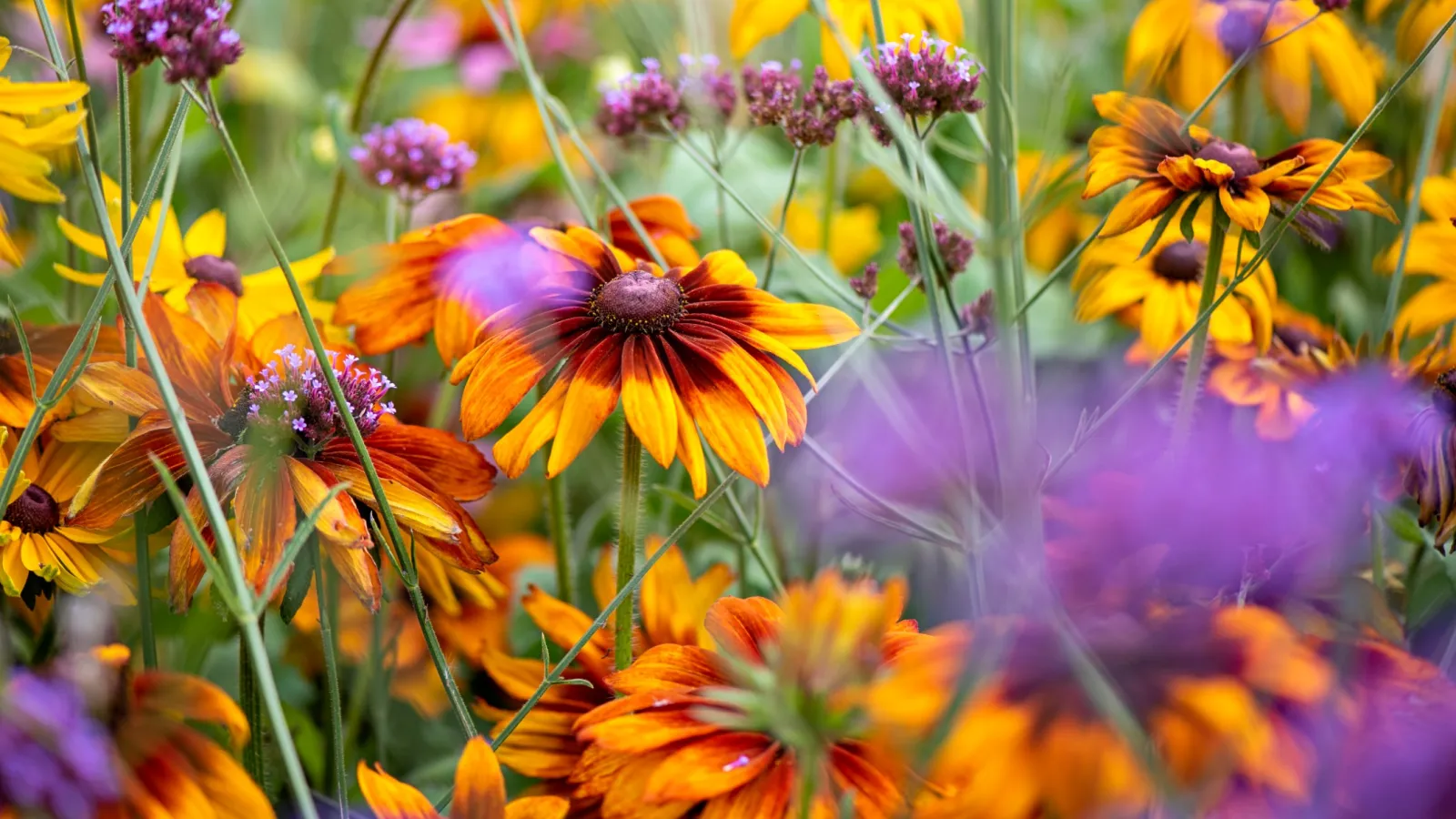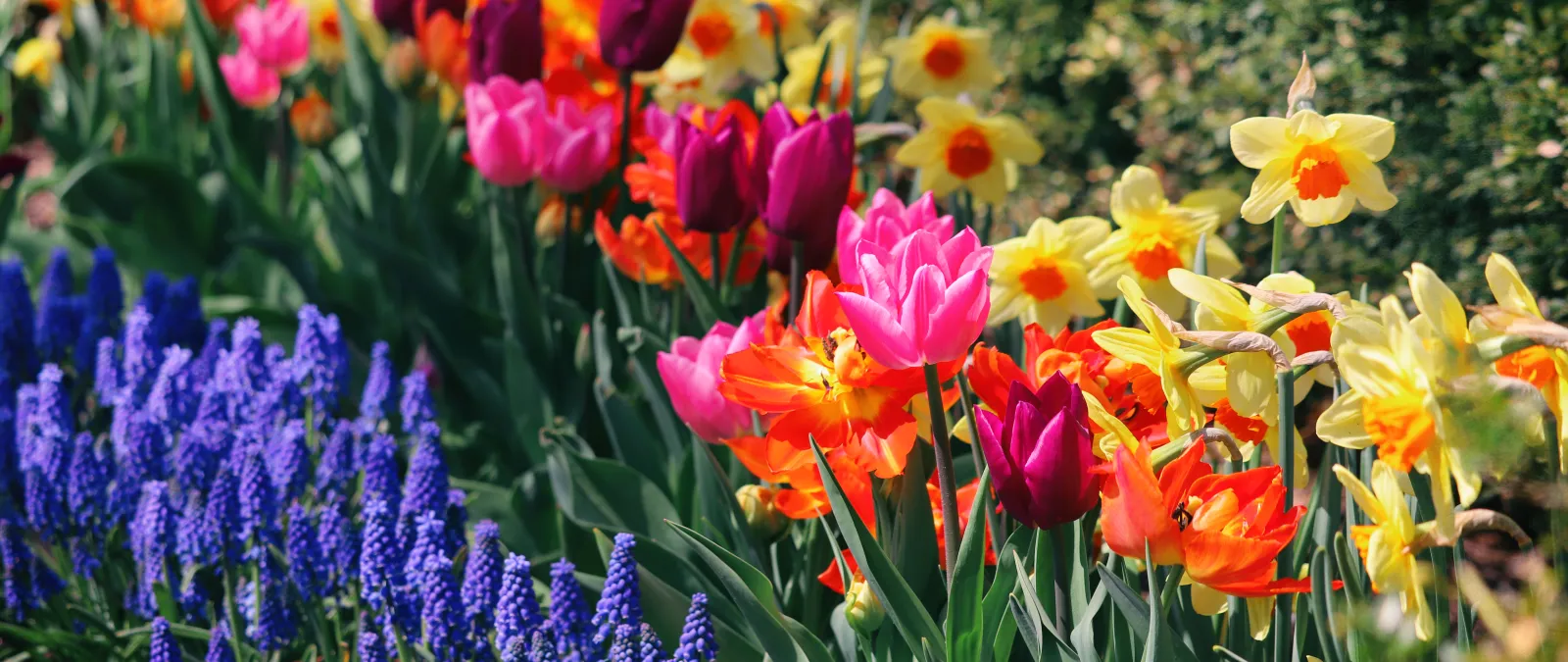
How to Plant Bulbs in Fall
Plant Bulbs the Right Way in Fall for a Showstopping Spring
Bulbs can be one of the easiest and most rewarding plants to grow in your garden. Keep these simple steps in mind for a successful and beautiful bulb garden. Read on to find out how to plant bulbs, plus a profile on some of the best bulbs for Southern California.

Narcissus
Daffodils
These iconic yellow, white, and peach-colored flowers are a reliable favorite here in our Southern California climate because they originate from the Mediterranean region of Southern Europe and Northern Africa.
- For first-year bulbs it is recommended to give daffodils a chilling period for 6-8 weeks, especially if you are in a very mild coastal microclimate.
- Daffodils do not need any special preparation - simply dig a hole twice the height of the bulb, drop them in, and cover with fresh soil in a sunny or partially sunny spot.
- Water the area regularly, similar to other perennials in your garden, but do not allow the soil to stay overly moist or the bulbs may rot.
- These cheerful flowers will pop up in early Spring and will multiply every year if happy with their growing conditions.
- Leave the leaves once they are done blooming so the energy can return to the bulbs for the following year's blooms.
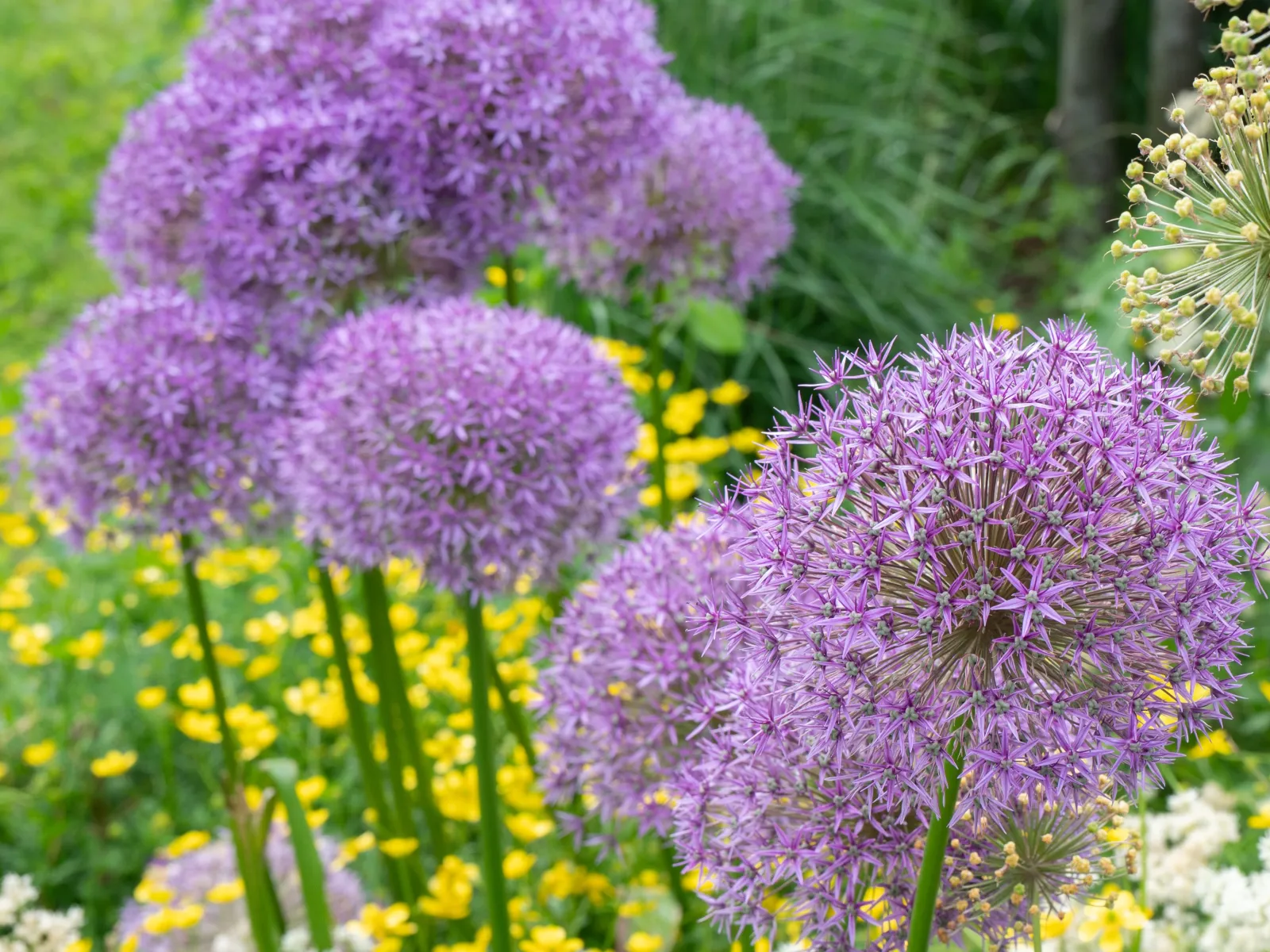
Alliums
These striking globe-shaped blooms in shades of purple, pink, and white thrive in our Southern California climate thanks to their origins in the dry, sunny regions of the Mediterranean and Central Asia. Closely related to garlic and onions, alliums have a strong fragrance that helps keep deer and rabbits at bay.
- Alliums are easy to grow—plant the bulbs in fall at a depth about three times the height of the bulb in well-draining soil, adding a sprinkle of starter fertilizer before covering.
- Some larger allium bulbs may benefit from chilling for 6-8 weeks in a paper bag in your refrigerator away from ripening fruit. Plant directly after chilling.
- Choose a sunny spot, water regularly through the growing season, and avoid keeping the soil too wet to prevent rot.
- Tall flower stalks will rise in late spring to early summer, bringing bold architectural interest to the garden. Once the flowers fade, allow the foliage to die back naturally so the bulbs can store energy for next year's display.
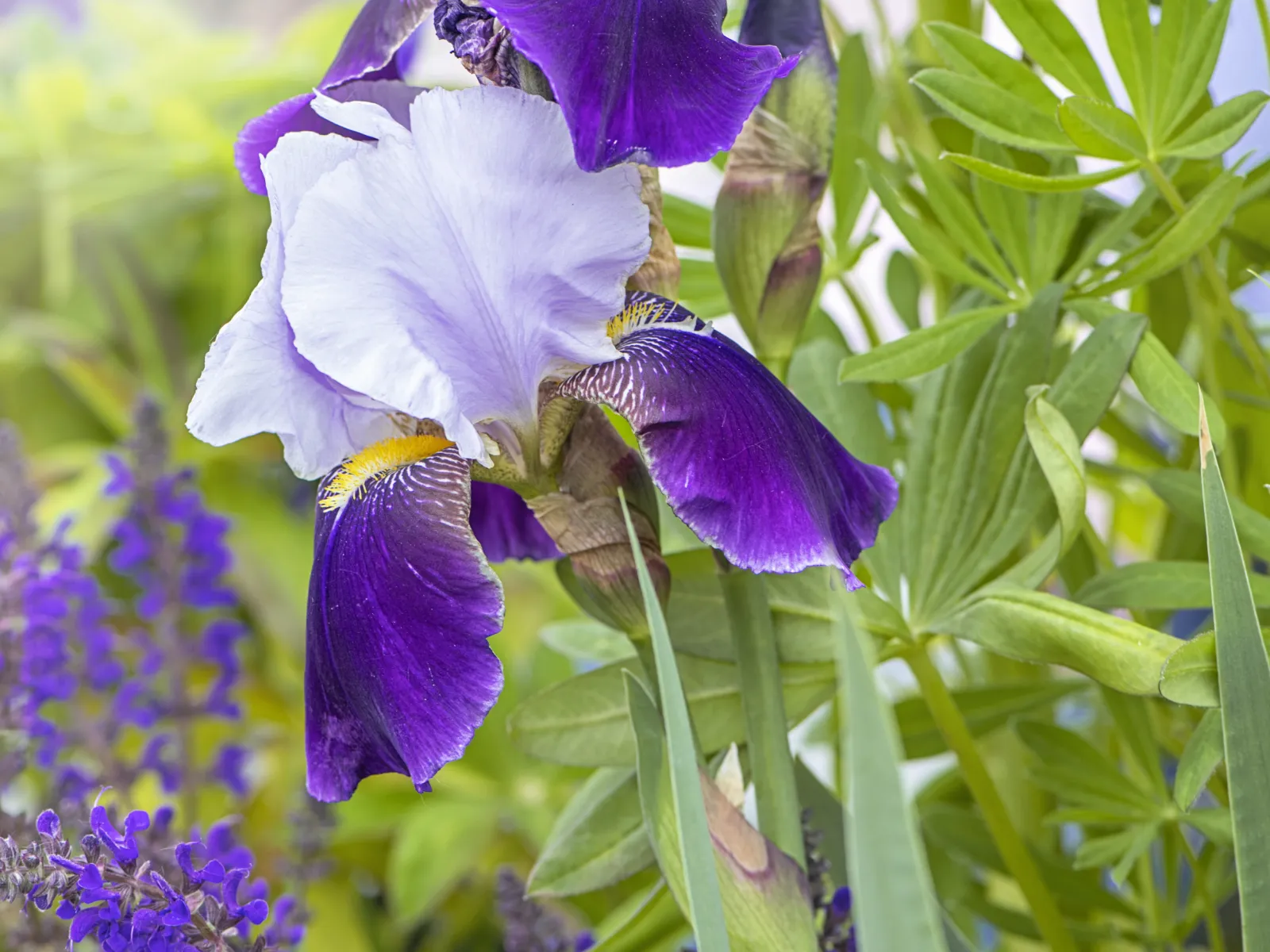
Irises
With elegant blooms in shades of purple, blue, white, and yellow, irises have been admired for centuries—their name comes from the Greek word for rainbow. These perennials are well-suited to Southern California gardens, especially bearded irises, which thrive in our dry, sunny climate.
- Plant rhizomes in late summer or fall, just below the surface of well-draining soil with the top exposed to the sun. Space them out to allow good air circulation, add a bit of starter fertilizer, and water consistently until established.
- Flowers will appear in spring, with dramatic sword-like foliage adding structure to the garden year-round. After blooming, trim spent flower stalks but leave the foliage in place so the plant can recharge for next season. With the right conditions, clumps will multiply and bring even more color to your garden over the years.
- Dig up and divide your irises every 3-5 years to ensure vigorous blooming.
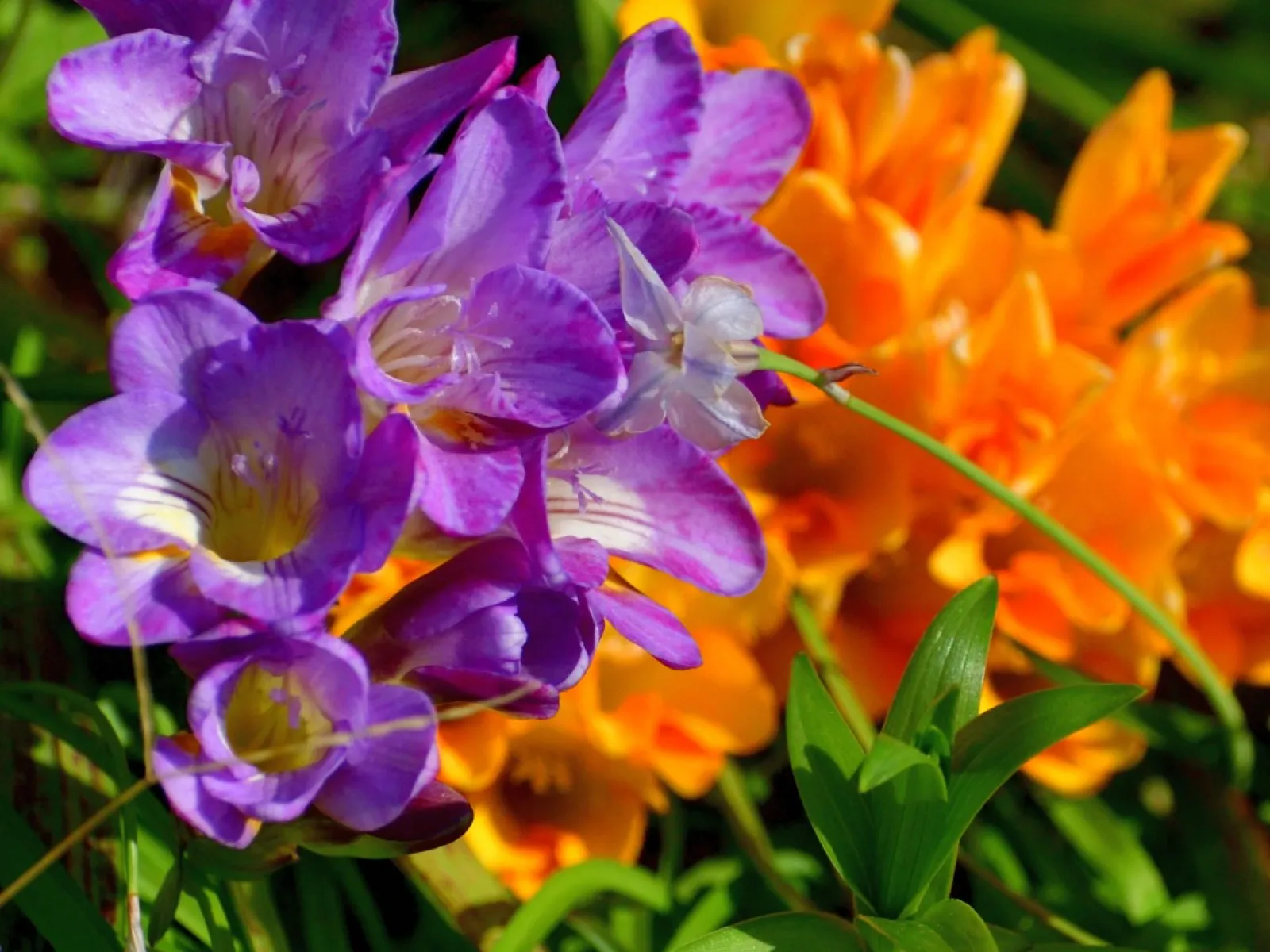
Freesias
Known for their sweet fragrance and trumpet-shaped blooms, freesias add both charm and scent to Southern California gardens. Native to South Africa, they thrive in our mild climate and reward you with bright colors in late winter to early spring.
-
Plant corms in fall about 2 inches deep and 3 inches apart in well-draining soil.
-
Choose a sunny to lightly shaded spot, and add a sprinkle of starter fertilizer when planting.
-
Water regularly during active growth, but allow the soil to dry slightly between waterings to prevent rot.
-
Excellent for pots and containers, freesias also make long-lasting cut flowers, filling your home with fragrance.
-
After blooming, let the foliage die back naturally so the corms can store energy for the next season.
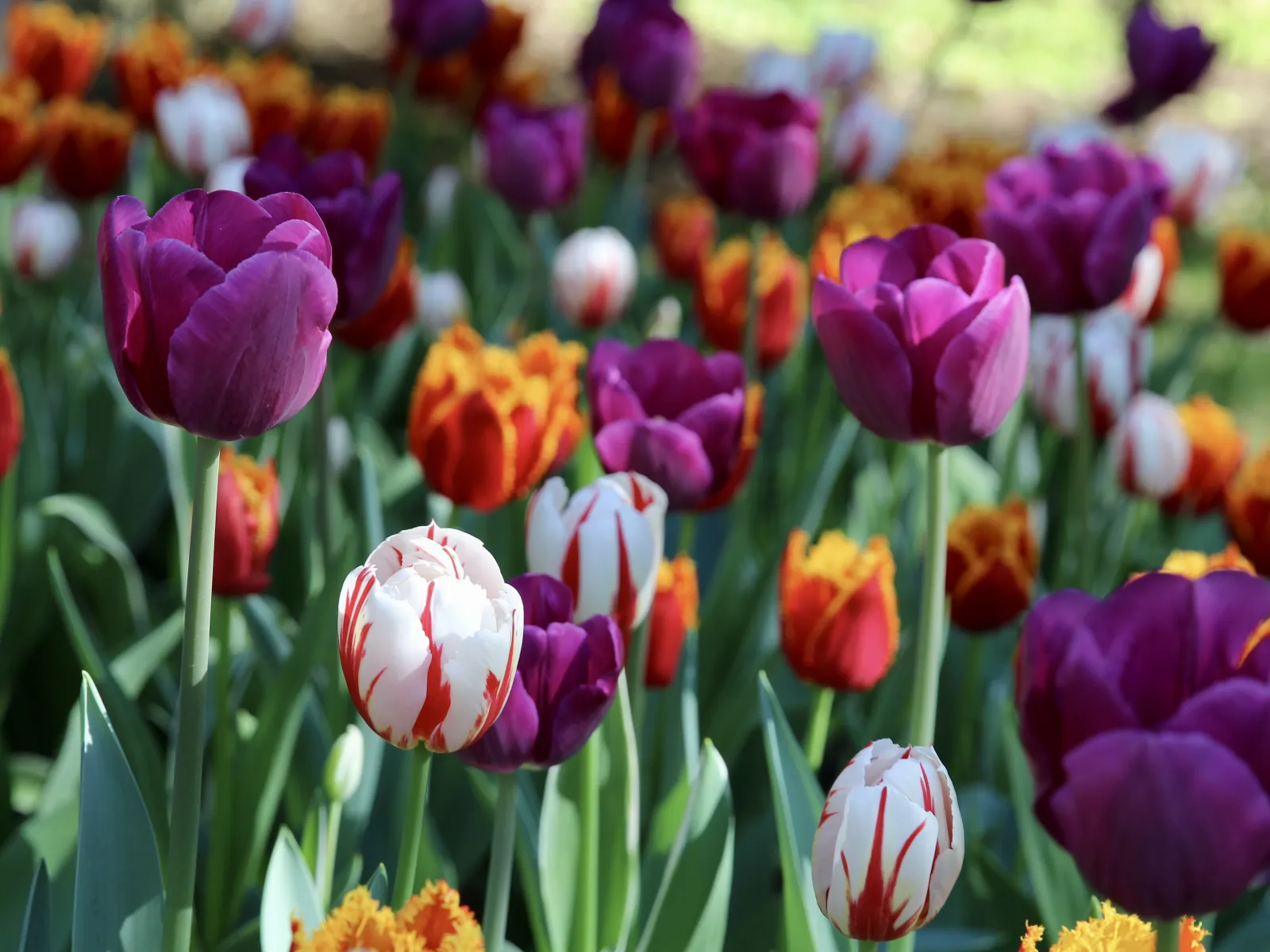
Tulips
Famous for their brilliant colors and elegant forms, tulips are adapted to the cool winters of Europe. In Southern California, they need a little extra care, but the reward is a spectacular spring show.
- Plant tulip bulbs in fall, but for best results in our mild climate, pre-chill them in the crisping drawer of your refrigerator (away from fruit) for 8-10 weeks before planting.
- Set them about 6 inches deep in well-draining soil, add a sprinkle of starter fertilizer, and choose a sunny spot. Water regularly while growing, but avoid overwatering.
- Blooms arrive in early to mid-spring, and while tulips are often treated as annuals here, you can enjoy their dazzling display every year by chilling new bulbs each fall.
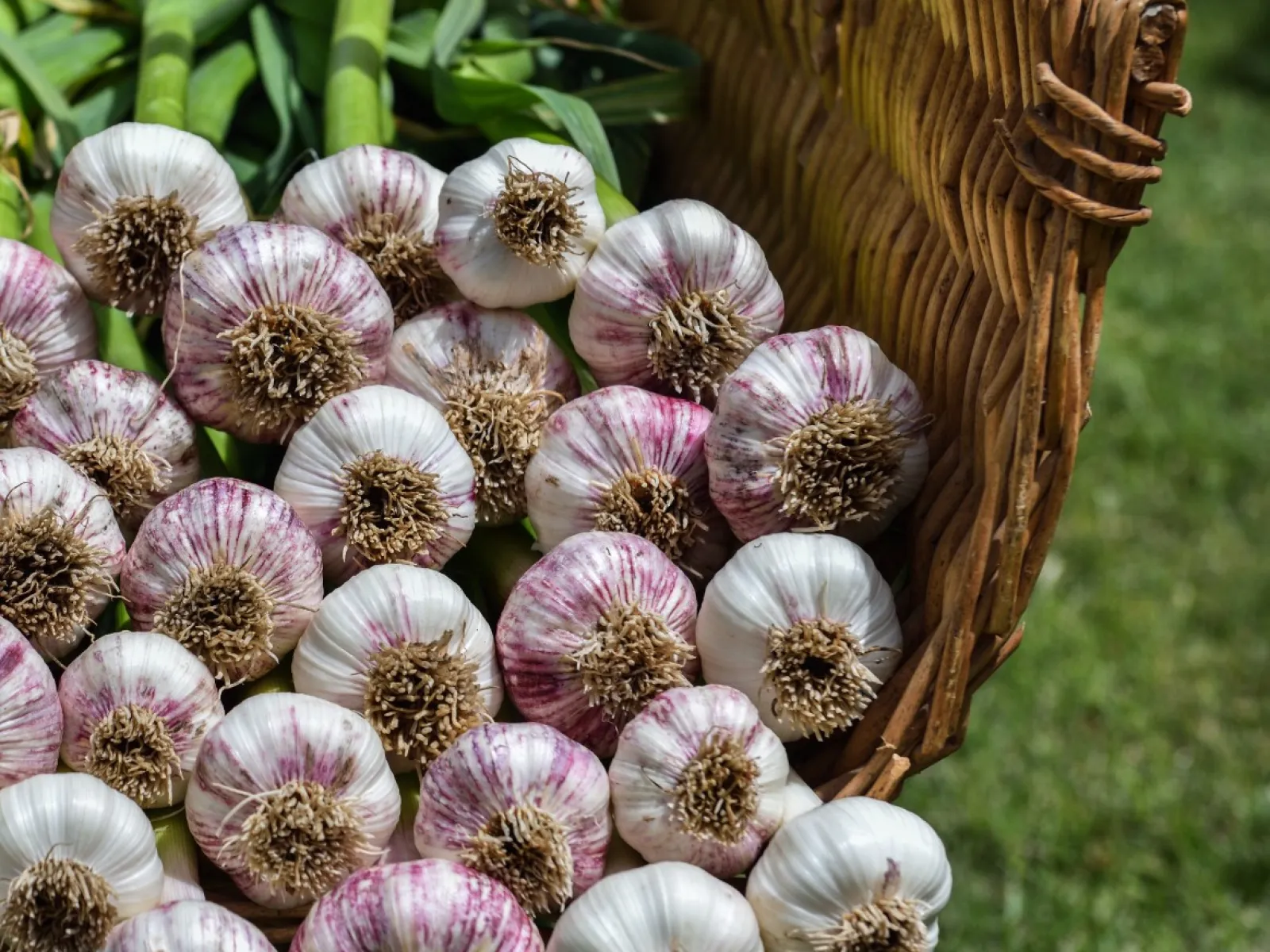
Garlic
For Your Edible Garden
This kitchen staple has been grown for thousands of years, prized for both flavor and health benefits. Garlic thrives in Mediterranean-type climates, making Southern California an excellent place to grow it—with one important step for success.
- Plant garlic cloves in the fall in well-draining soil enriched with compost. For hardneck varieties that need more winter chill, refrigerate the cloves for 6-8 weeks before planting to mimic colder climates.
- Space cloves 4-6 inches apart, pointy side up, and cover lightly with soil. Water consistently, but don't let the soil stay soggy.
- By late spring to early summer, the tops will begin to yellow—your signal that bulbs are ready to harvest. Cure them in a dry, shaded spot, and you'll have flavorful homegrown garlic ready for months of cooking.
Related Articles

How to Plant Bulbs in Fall
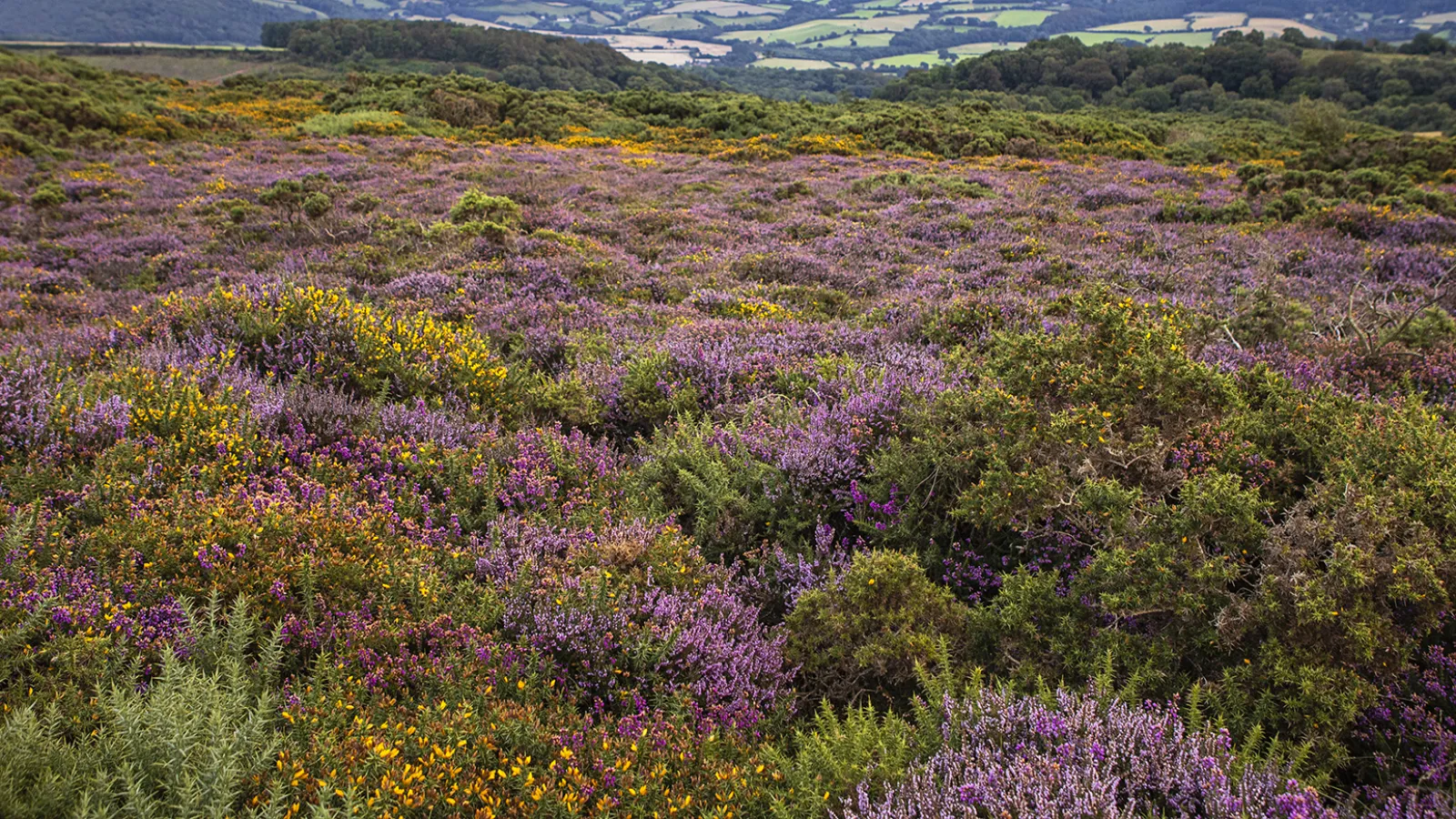
Tapestry Lawn
